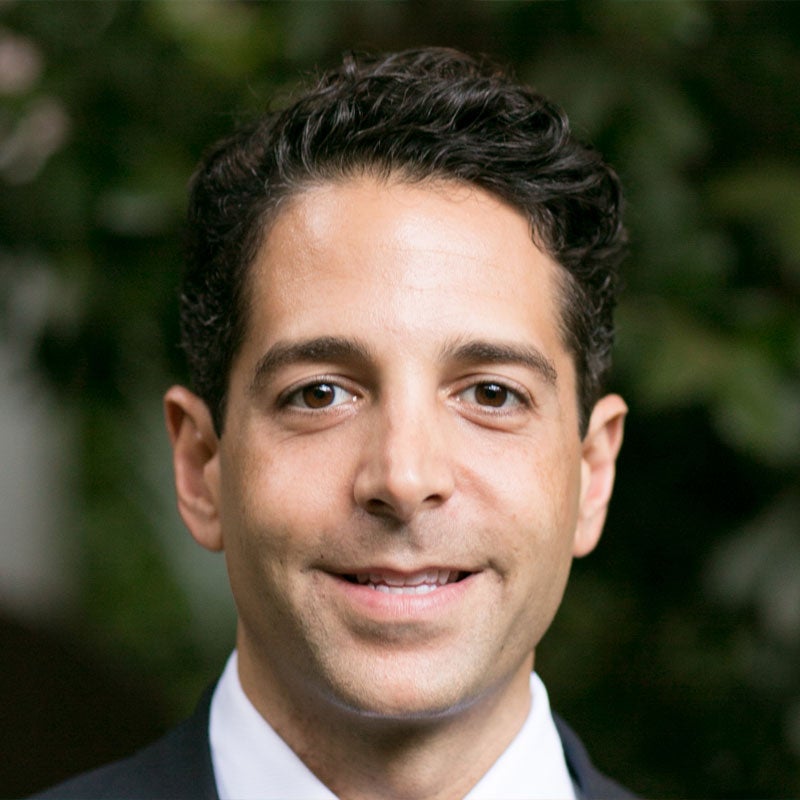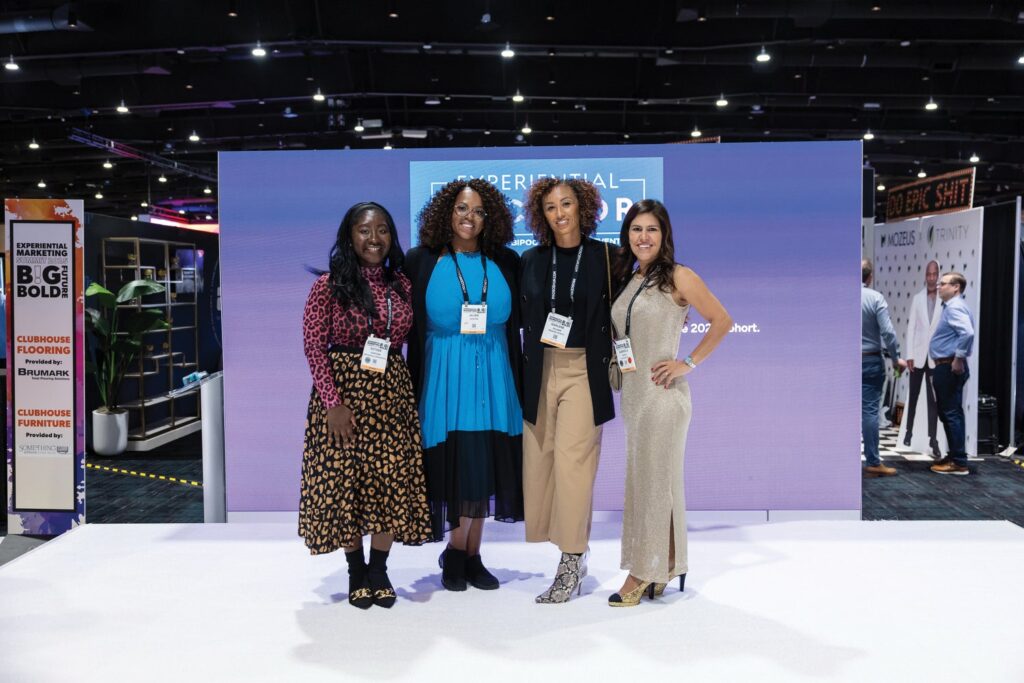Here’s a sign of the times: K&G Fashion Superstore’s loyalty program has captured physical and e-mail addresses since 2007. But when the retailer implemented a new point-of-sale system in 2010, its marketing executives knew mobile had to be priority.
“K&G is driven by African-American consumers,” says Matt Stringer, senior vice president of marketing for Men’s Wearhouse, which owns K&G. “We define our core customer as 35-54, and we skew much more male than female.” K&G looked at media consumption channels, and found the mobile channel had deep penetration among this cohort.
“We wanted to augment our data beyond e-mail, and saw mobile was a great fit to serve both the goal and the demographic,” Stringer says.
In February of this year, K&G launched its mobile effort. The retailer built its mobile database separately from its loyalty program largely due to expediency: Creating a standalone program was easier than integrating new mobile data into the existing database, and K&G didn’t want to delay rolling out the program.
“We knew it would be a win, and we wanted to get it out sooner rather than later,” says Stringer. “People use different media differently. Their relationships with phones are different than the one they have online.” Initially, K&G wanted to offer its customers the option of being in the mobile program without being in the loyalty program. This allows it to communicate with customers through their preferred channel without requiring them to sign up for a loyalty scheme.
“We’ll ultimately tie [mobile efforts] back to customer profiles, but as of now the [standalone] database for mobile is in the immediate future,” Stringer says.
The mobile program, which launched in February of this year under the guidance of customer relationship management agency Merkle, is store-driven, relying primarily on point-of-sale signs to generate interest. New enrollees are given a five-dollar coupon immediately upon signing up.
K&G sends out mobile messages on a weekly basis. “We looked at our customer and the way our merchandise turns,” says Stringer. “Our best customers shop more frequently. The weekly schedule fit our merchandise model, and mirrored our e-mail practices.”
Messages include mobile exclusive offers, as well as promotions that support in-store promotions and national television campaigns.
Since its launch, K&G has also used mobile alerts to trumpet opening events, such as new or moved stores, or the introduction of women’s clothing to a particular location. The company also runs radio spots both to advertise these events and offer SMS-activated discounts and specials, in an effort to drive interest in the mobile program. New enrollees to the program at these events are often given higher-value enrollment bonuses.
The company has also tested unique, trackable SMS codes which offer exclusive deals in a variety of print outlets. “We’ve been pleasantly surprised with the traction we got in terms of enrollment and redemption of the discounts,” says Stringer.
Under Merkle’s supervision, the mobile program has begun a series of cadence tests designed to boost response rate without substantially increasing opt-out levels. K&G took 5,000 of its names – slightly less than 10% of its total 50,000 mobile file – and is testing teaser messages, such as a Monday or Tuesday text alerting recipients to watch out for a promotional message on Thursday.
There are big plans afoot for K&G’s mobile activities. As the retailer embraces mobile commerce, Merkle’s VP and general manager for the mobile practice Chris Wayman wants to move from simple varied messaging to mobile landing pages optimized for a user’s specific type of phone.
“Our view was that we are going to start at a foundation layer,” says Wayman, adding that Merkle analyzing data to determine what its next moves for K&G should be. But they won’t be “Let’s use QR codes because everybody else is,” he says.
Merkle’s Mobile marketing strategist Bruce Hershey agrees with the decision to stay away from QR codes, for now. “Only 27% of the audience has smart phones,” he says. “We didn’t want to limit our reach. We wanted everyone who had opted in to have the ability to get a code.”



